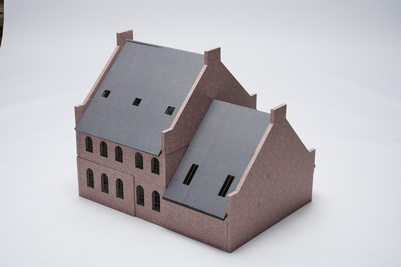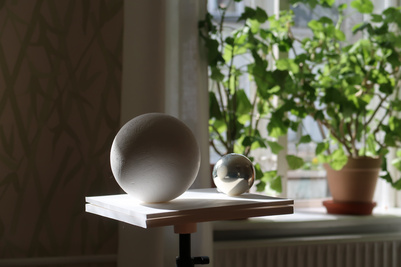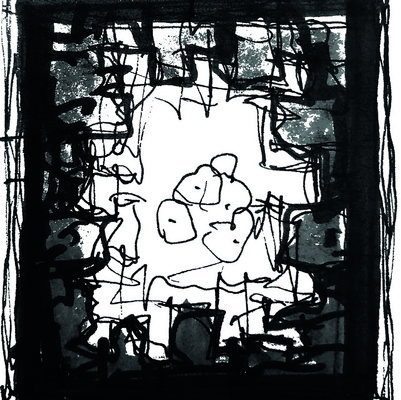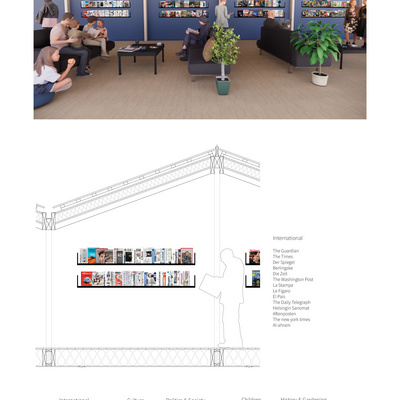In 2022 the new Edvard Munch Museum was officially opened at the waterfront in Oslo, leaving the former museum without any clear distinctions as to what should fill the void. When the first Edvard Munch museum was built, the intention was a building that would attract visitors from other districts to experience the museum located on the east side of Oslo. When the museum moved, the district lost an important institution that helped strengthen the cultural connection to the rest of the city. This thesis project aims to transform the former museum into a music venue that can restore the cultural connection that is essential for the district.

Building Description
The museum was built in 1963 and designed by the architects Mikkel Fougner and Einar Myklebust, who won a competition in the late 1950s. The intention with the museum was a frugal building that could facilitate Munch’s expressionist art without any competition from the architecture itself. The building had a clear tectonic language with a repetitive process of reinforced concrete cladded with stone slabs and pine windows.
By 1994 two new extensions were added to the museum due to the lack of storage space and an increase in employees. Furthermore, the window openings allowed too much daylight into the building which potentially would ruin Munch's paintings. Therefore, a decision was made to cover the windows completely with concrete. As a result of the many alterations executed over time, the museum lost many of its original qualities.

Proposal
The project suggests removing the extensions that were added 30 years after the museum was built to strengthen the original tectonic language. A new entryway is added, as well as a new extension that facilitates the main concert hall. New oak windows are added to re-open the facade and allow daylight into the building and a visual connection to the outside. The new program houses a foyer, a restaurant, two concert halls and a rehearsal space for the musicians. The intention is to create a building that can be flexible in terms of events and activities and invite visitors both from the neighborhood, as well as other districts to experience the building.




















